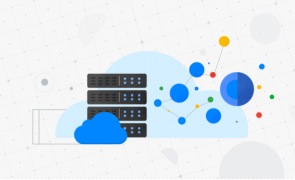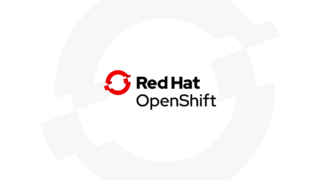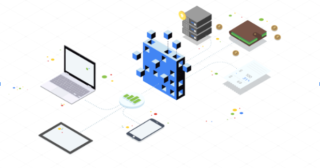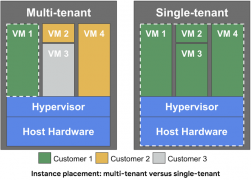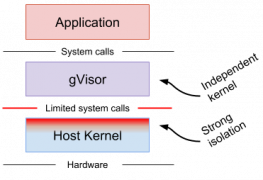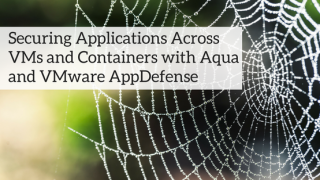Topic: virtual machines
Google’s VM Manager gets new OS configuration management
Google is previewing new OS configuration management inside its VM Manager solution. VM Manager is a collection of infrastructure management tools designed to ease and automate the maintenance of large Compute Engine VM fleets. The company first introduced the solution at the beginning of this year. “OS configuration management is an important way that administrators … continue reading
Red Hat releases OpenShift Container Storage 4.5
The key features of Red Hat’s newly released OpenShift Container Storage 4.5 include external mode support for shared storage with Red Hat Ceph Storage, support for VMs and applications on OpenShift, and more. By enabling deterministic performance for data workloads such as archives, data lakes, and databases like PostgreSQL, Data Warehouses, and IBM Db2 Warehouse, … continue reading
ITOps Times news digest: Oracle Cloud VMware, Red Hat Virtualization 4.4, etcd security audit
Oracle has announced its VMware solution is now available. The Oracle Cloud VMware solution is a cloud-native VMware-based environment that enables users to move VMware workloads to Oracle Cloud Infrastructure. “Building new digital services. Scaling business-critical apps. Enabling a remote workforce. Applications sit at the core of addressing these challenges, and hybrid cloud opens the … continue reading
Google introduces general purpose VMs
Google has announced a new solution designed to improve general-purpose virtual machines in cloud applications. The company’s E2 family of virtual machines for the Google Compute Engine features dynamic resource management, flexible configurations and total cost of ownership. “E2 VMs are a great fit for a broad range of workloads including web servers, business-critical applications, … continue reading
NanoVMs: Containers are a fad that is eventually going to run its course
While containers gain in popularity for software deployments, one company is still betting on virtual machines — or more specifically, tiny virtual machines. NanoVMs is a unikernel platform designed to remove the operating system and prevent other programs from running on them — unlike containers that need to be placed on top of generic operating … continue reading
Why APM has a Big Data problem
Application performance management (APM) didn’t used to have a Big Data problem. Three-tiered application architecture with regular, infrequent updates generated predictable and manageable amounts of data for analysis and dependency mapping. Modern architectures, however, present a Big Data problem. Their virtual machines, containers, microservices, hybrid clouds, and software-defined networks are constantly changing and can … continue reading
Report: Enterprises are looking to replace VMs with containers
As enterprises are evaluating the benefits of containers, many of them are looking to reduce their reliance on commercial virtualization technologies. A newly released report found about 44 percent of respondents plan to move from VMs to containers. The report comes from Diamanti’s 2018 Container Adoption Benchmark, which looks at the current state of container … continue reading
Google Compute Engine gets sole-tenant nodes
Google has announced the beta release of sole-tenant nodes on Google Compute Engine. Sole-tenant nodes are physical Compute Engine servers designed to host VM instances for users’ specific projects. “Normally, VM instances run on physical hosts that may be shared by many customers. With sole-tenant nodes, you have the host all to yourself, Google’s product … continue reading
Google open sources sandboxed container runtime
Google has announced a new approach to sandboxed containers designed to secure container isolation. gVisor is an open source, user-space kernel written in Go. It is built to be more lightweight than a virtual machine, and integrates with Docker and Kubernetes. “Containers are not a sandbox. While containers have revolutionized how we develop, package, and … continue reading
Aqua Security and VMware team up to protect VMs and containers
Aqua Security and VMware announced a new partnership to protect applications deployed across both virtual machines and containers. As part of the partnership, VMware’s AppDefense will combine with the Aqua Container Security platform in order to provide a security solution that covers containerized and non-containerized components. “The combined solution allows security teams to manage their … continue reading

